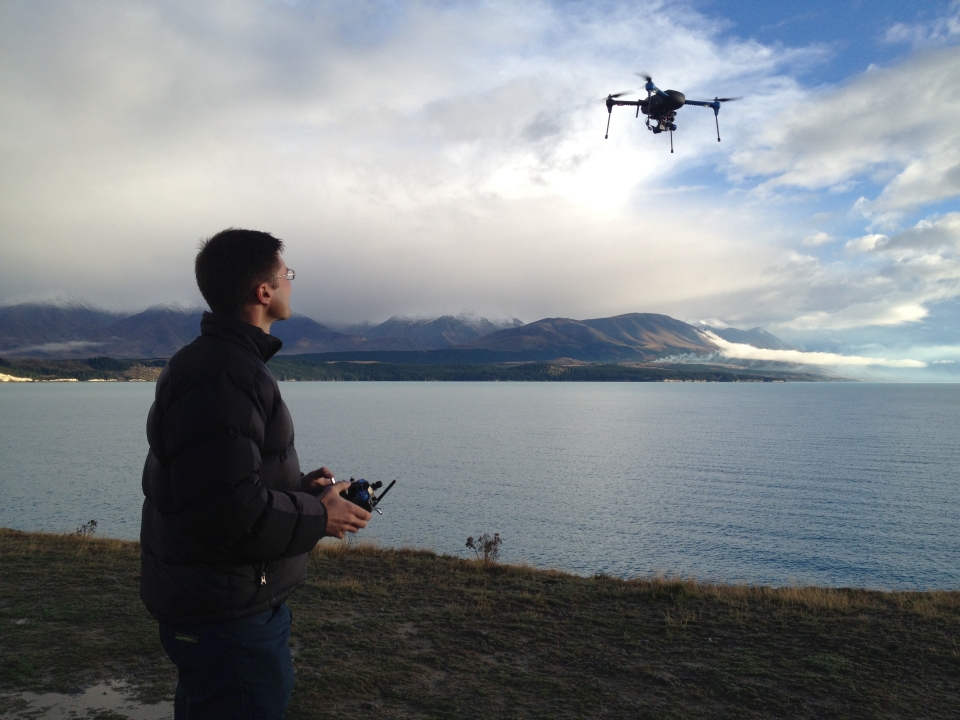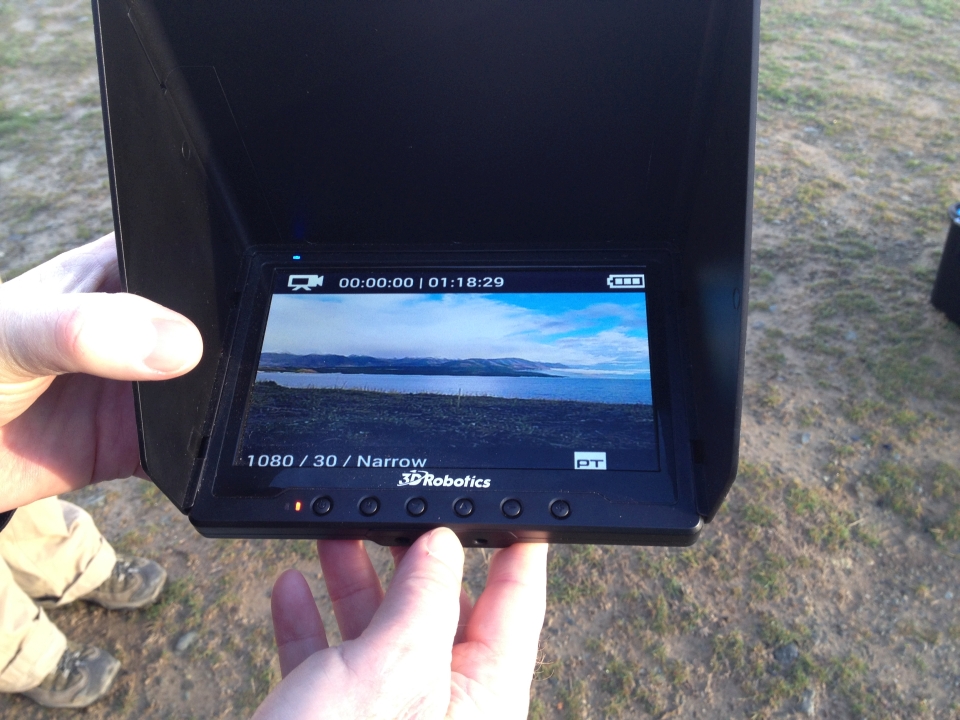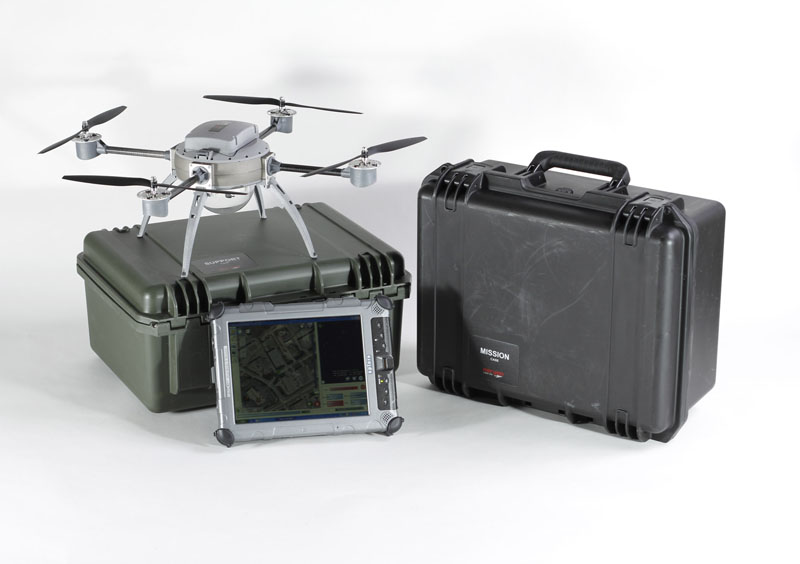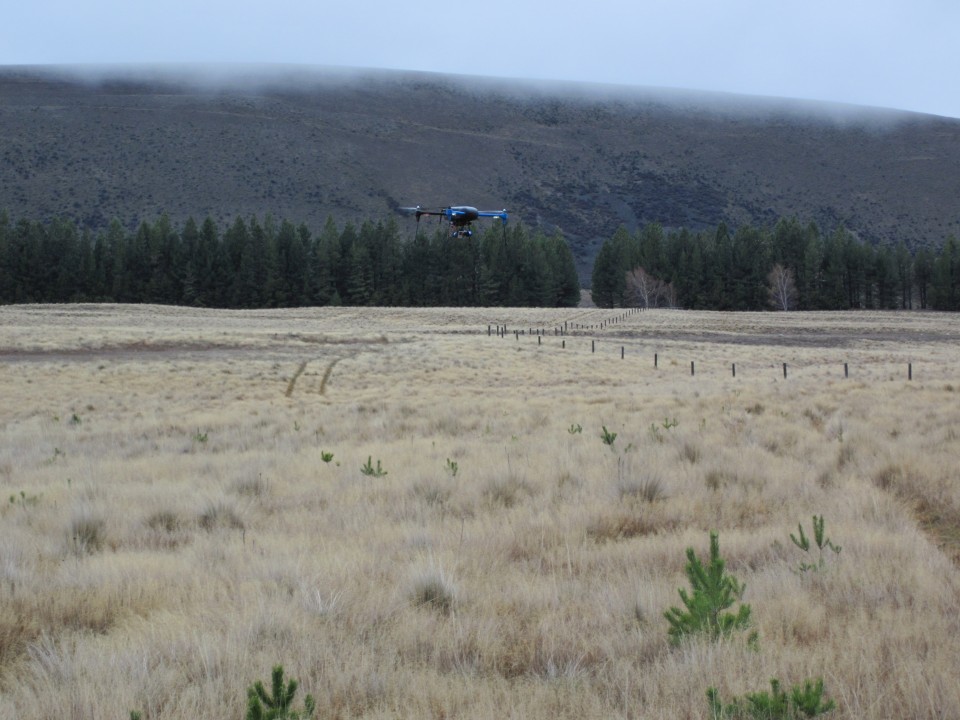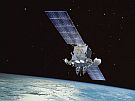Unmanned aerial vehicles (UAVs) are often called drones. Drones do not need a person on board to pilot them. There are two main types of drones:
- Automated unmanned aircraft – these drones are programmed to run on their own without the need for remote control.
- Remote controlled unmanned aircraft – these drones are operated using remote control where a person controls the aircraft, usually from the ground.
Uses
Drones were first used by the military. Drones have now been developed for a lot of other uses, such as:
- mapping
- aerial photography
- checking services, for example power lines disaster response, for example after the Canterbury earthquakes to identify areas of damage
- firefighting
- search and rescue
- police work research
- filming
- farm work
- weed or pest control
Drones are often used for work that takes a long time, or is too dirty or dangerous for a manned aircraft. Drones are also much cheaper to run.
Drones are used in the high country for the control of wilding pines. You will be able to see this during the field trip.
Rules for the use of drones
The Civil Aviation Authority (CAA) is developing new rules about the use of drones to keep our air space safe and control the use of drones.
The new rules will stop people from flying drones over parks or houses unless they have spoken to all affected people and have their approval. Flying within 4km of an air field or heliport will also not be allowed.
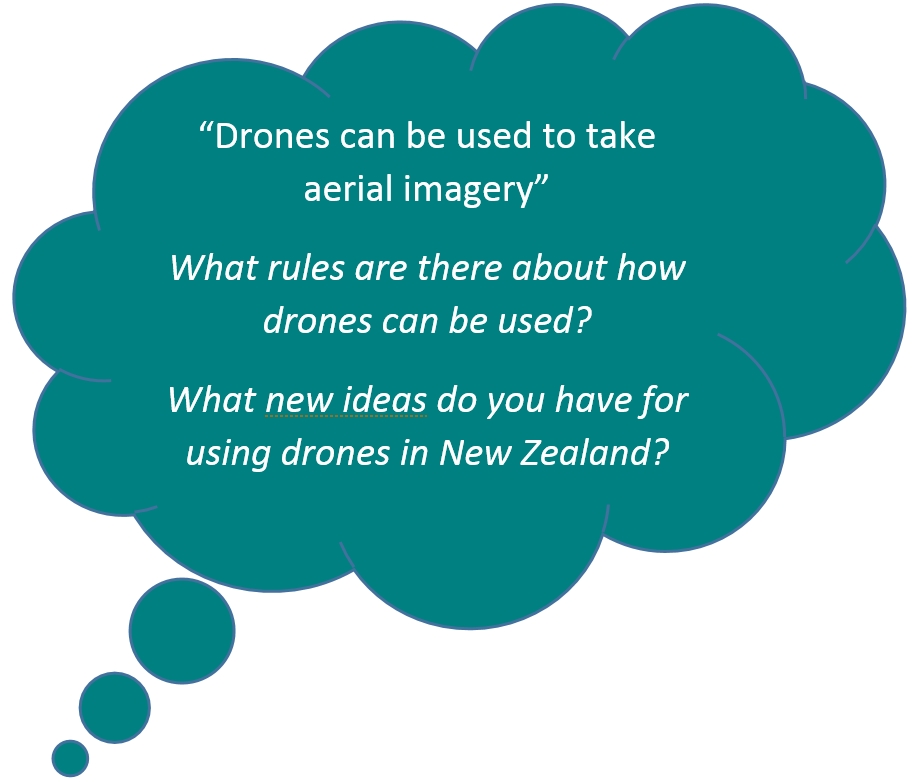 The new rules include:
The new rules include:
- The aircraft must not bring danger to other aircraft, people or property
- The aircraft must not fly within 4km of an aerodrome
- The aircraft must be in visual line of sight
- The aircraft can only be used in daylight
- The aircraft must not fly higher than 120m above the ground
- It must weigh less than 15kg
- The pilot must give way to all other aircraft

